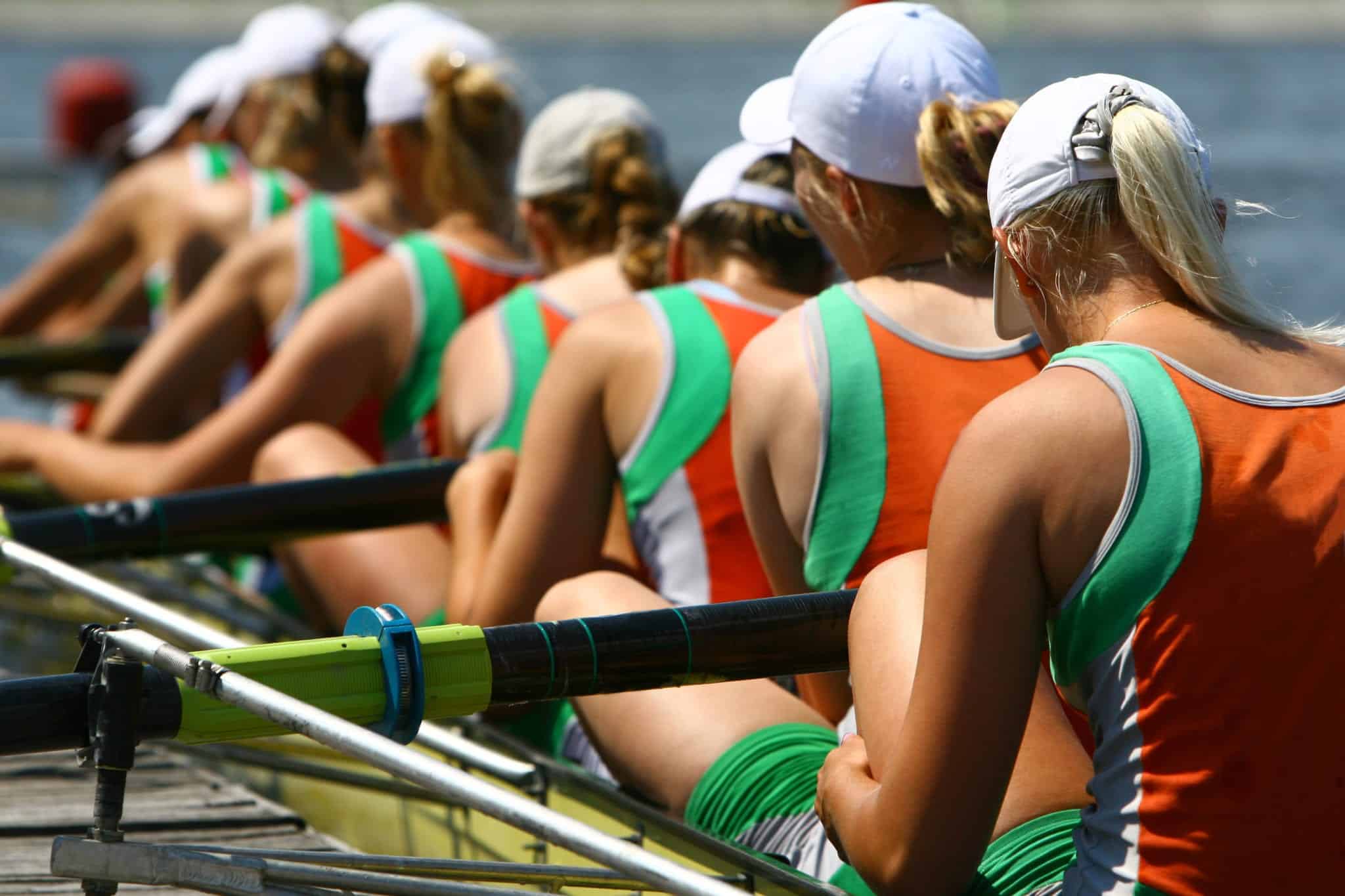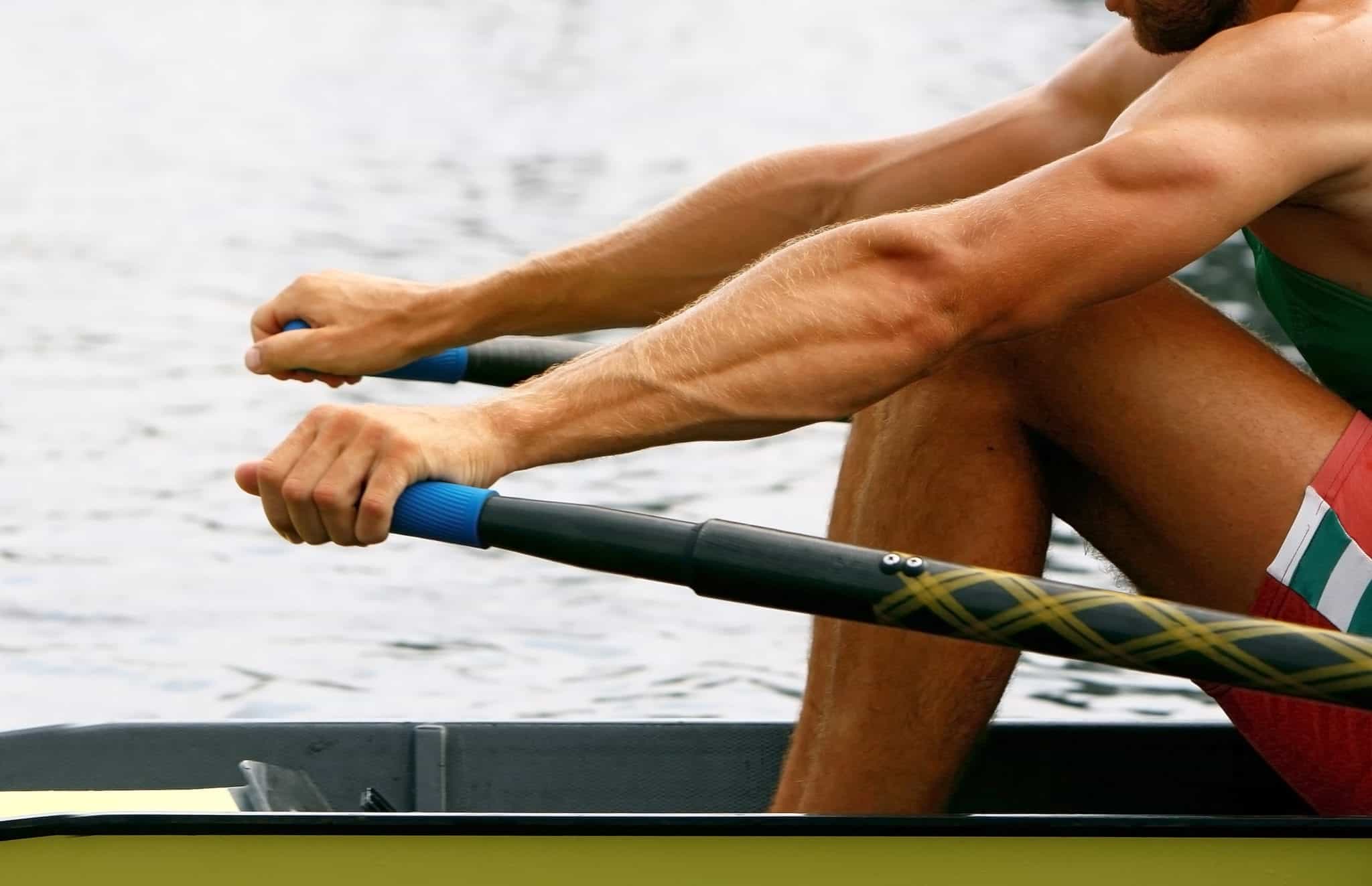By Bo Hanson – 4x Olympian, Coaching Consultant & Director of Athlete Assessments
Last week, I read with interest the case of Pippa Savage being dropped from the Australian Olympic Team Women’s Quad Scull for reasons amounting to what is publicly known as “incompatibility” with other crew members. Having personally rowed in and won an Olympic medal in the Men’s Quad Scull at the Atlanta Olympics, I know what makes this boat tick. And as a business, Athlete Assessments exist to enable athletes and coaches to understand their own behavioral patterns or if you like – personality.
The bottom line is that unless athletes have an almost complete understanding of themselves and each other, they risk being in a position where sports personality clashes catch them by surprise. Combine a personality clash with a looming Olympic Games, and you have an explosive mix which can blow up and create a situation which is non-recoverable.
My personal opinion is the current situation is an example of a non-recoverable reality, especially given we are dealing with women’s sport. For those who do not think women’s sport is different to men’s sport, I challenge them on how much time they have spent examining each. We constantly see examples of personality clashes in both men’s and women’s sport yet men deal with these challenges in a different way. From my own experience as an athlete, there have been times when personality clashes have been put aside knowing that post competition, the relationship with your team members shall cease. In most cases, men tend not have to “like” each other in order to compete. Women tend to be the opposite. As the saying goes “Women need to bond to compete and men compete to bond”.

The emotional awareness women bring to all things they do, can either create the strongest of bonds, or if things do not go well and team members do not “like” each other, can create the weakest of bonds. Why this happens is not the purpose of this article. How to be proactive about giving a team the best chance of success is what is important. From my experience, especially in rowing, little is done to create an environment for team member awareness. Instead, when things do boil over, help is called for and it is and always will be, too late. This is the disappointing aspect to Pippa Savage’s situation.
Can you see a sports personality clash before it occurs? This is a question we are often asked. The answer is of course, yes. Anyone who understands personality theory model (and there are several good models for understanding personality) can easily see how all personalities can clash for various reasons. We strongly advise every coach to be educated (just like leaders in business are) and understand what personality is and how it shapes behavior. Knowing this enables coaches to educate their teams to understand how even similar sports personality styles clash as it is not simply because two people are different. Same versus same can create significant issues too.
The point is that being proactive about managing your team dynamic is a critical skill for coaches. When athletes understand their own strengths and limitations, appreciate the similarities and differences of their team members, how each of them contribute to the team and likely issues to be aware of, then synergy has a chance of occurring. More often than not, synergy does not happen. Teams can only be successful when they are proactive about setting a framework structure such as the GRIP model.

GRIP basically means:
Goals
- Setting team and individual goals to be achieved, what the team values and subsequent behaviors relating to these goals.
Roles
- What non-technical roles are each of the team members going to play in order to best support the team goals and each other. The position or physical role is usually very obvious for team members. What the non-technical roles refer to is all the other contributions and efforts the person makes to the team.
Interpersonal Relationships
- Enable team members to understand themselves and each other. This includes what their similarities are and of course their key differences in their preferred behaviors. Then examine how these findings could undermine or support their goal achievement.
Processes
- What are the non-negotiable rules and procedures the team and its members are going to follow.
If you would like to watch a video explaining the GRIP Model, please see ‘Team Culture and Identity Part 4: Grip Model: Goals – Bo Hanson‘.
Most teams do not set a strong framework upon the team’s selection. Therefore, team members do not know where they stand on a variety of issues as outlined above. It has been found, when teams underperform, at least one of the above issues is unclear, undefined, not understood or not being adhered to.
Does “setting a framework” using GRIP guarantee success?
Of course not. What it does guarantee is a strategy to manage whatever issue is going to come your way. For example, what if an athlete is being “disrespectful” in how they communicate to a team member? If one of your agreed values (within Goals above) is “Respect for each other and our differences”, then it becomes the coach’s role to performance manage this issue before it becomes bigger.

Coaches are to be able to manage issues at the lowest level. This is basic conflict management theory. However, most of the time coaches (and most managers in business also) do not manage performance, instead they put it in the too confronting basket and think that confronting it will create a “harmony” issue. However these problems, as can be seen in not only the Women’s Quad Scull case, never go away, they just get bigger and eventually reach crisis point. If you are trying to deal with an issue at crisis point and that is your first attempt to deal with it, then it really is too late.
Can every problem be solved?
Of course not. However, most potential problems can be identified up front. Small things often become big things especially when preparing for the Olympics. The level of stress an athlete experiences is not able to be simulated in other ways. The Olympics are unique in this respect. The point is, considering team dynamics is vital in any selection decision. If you know there will be challenges (and every team has them), then manage them in a proactive way. Change the way you train, minimize daily interactions so that athletes are not living in each other’s pockets in an environment with no normal support mechanisms (such as friends, family, work distractions) that the athletes are normally used to.
The bottom line is: be aware of what you are dealing with. Know that female athletes are tuned in to noticing and paying attention to what male athletes may not even notice. How team members speak to each other, body language and tone of voice are all interpreted by women to a degree that many men do not pay attention to. This brings another issue to the table…why are there not more female coaches (especially in rowing) coaching females. It is a fact. The only female coach to coach at the Olympics in rowing has been Ellen Randall. She has done excellent work with her teams of female rowers since her first Olympic coaching role in 1996. Why are there not more female Olympic rowing coaches? I guarantee they are better positioned to coach and deal with these issues than most (not all – male coaches).
If you would like to see a video explaining the GRIP Model, please see ‘Team Culture and Identity Part 4: Grip Model: Goals – Bo Hanson‘.
If you would like to know more about the GRIP Model, or ‘team secrets to success‘, see our articles on ‘Team Secrets to Success’ and ‘Pre Season Preparation and using the GRIP Model‘
At Athlete Assessments, we’re here to provide you with excellence in service and here to help you be your best. If there is anything we can assist you with, please Contact Us.





